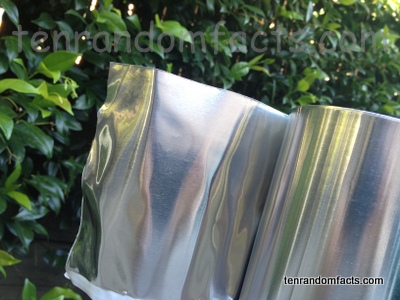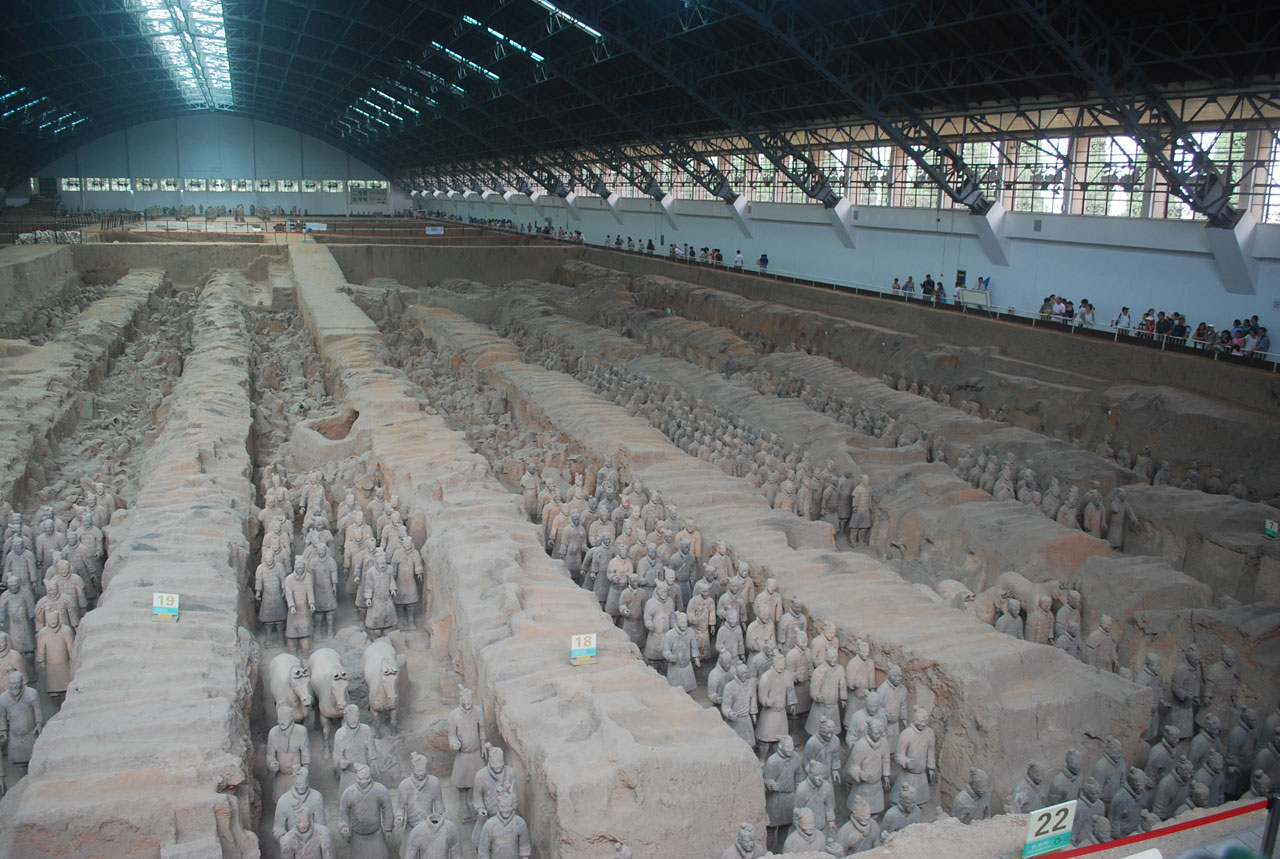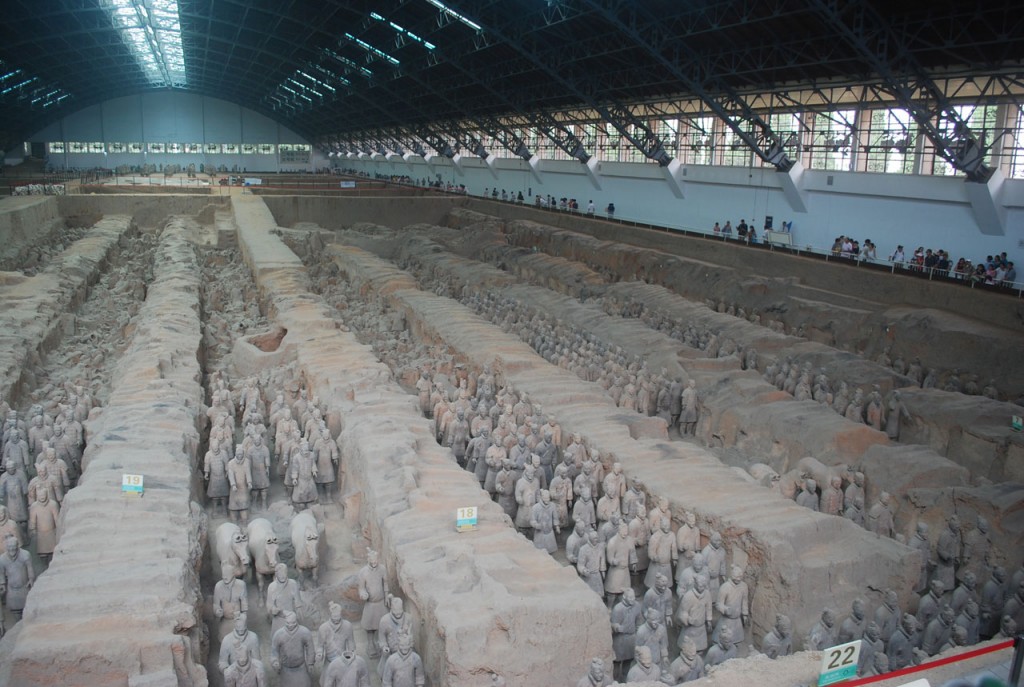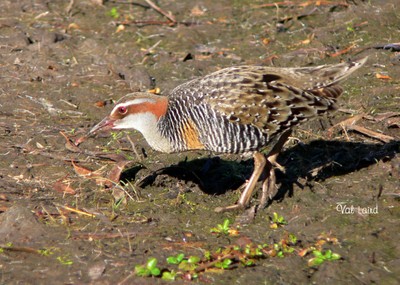
Aluminium or aluminum
- Aluminium is a widely used, soft, light, durable metal. It is silvery, gray or white in colour and has a metallic look.
- Aluminium makes up 8% of the weight of the earth’s crust.
- Aluminium is generally found combined, in different minerals – over 270 of them.
- Aluminium is high in heat and electricity conduction.
- Aluminium doesn’t corrode very easily.
- Aluminium is hard to extract from ore, like bauxite.
- Aluminium can be fully recycled without losing any of its qualities.
- Australia is the one of the major produces of the major aluminium ore, bauxite.
- In 2005, the global production of aluminium was 3.19 billion kilograms (31.9 million tonnes).
- Ancient Greek and Romans used aluminium salt to stop bleeding of cuts.















